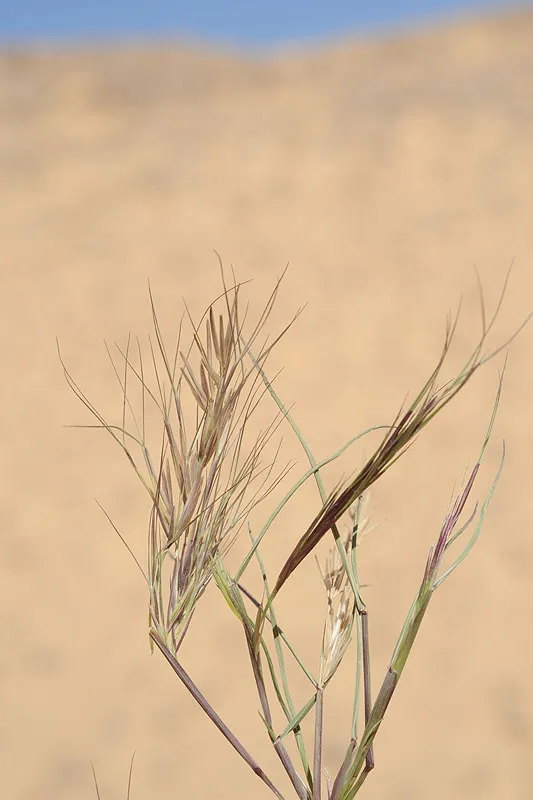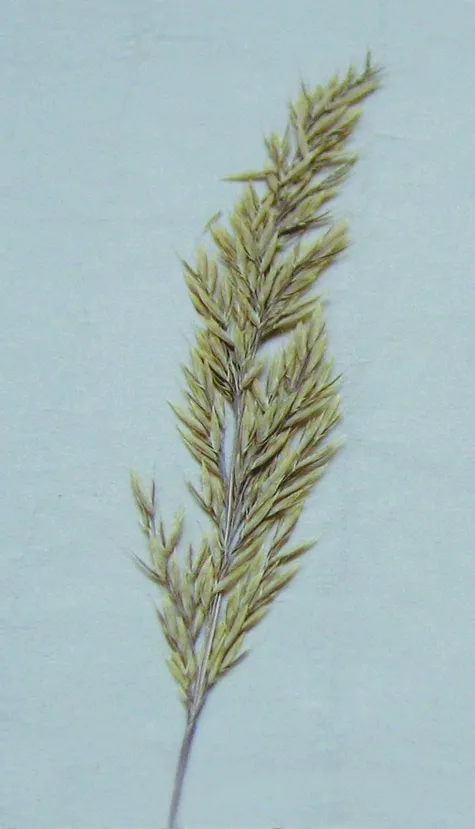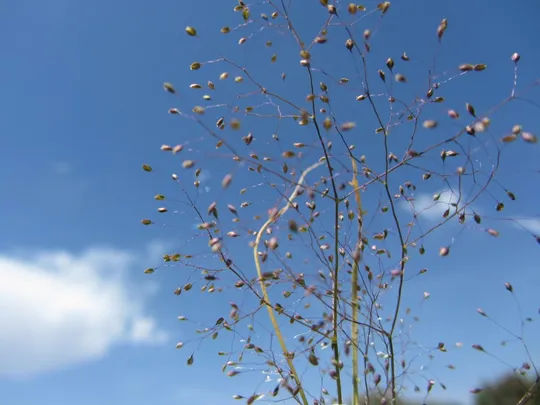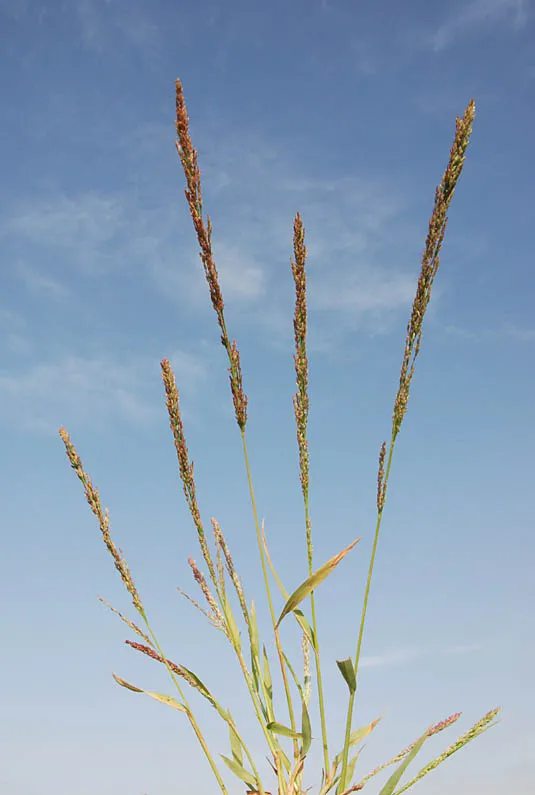Elongate Tripleawn
Aristida sieberiana
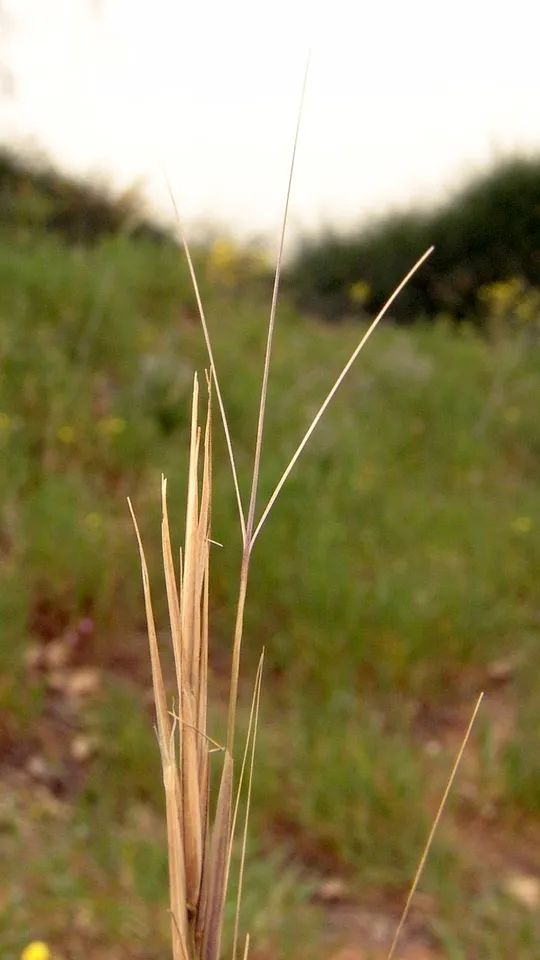
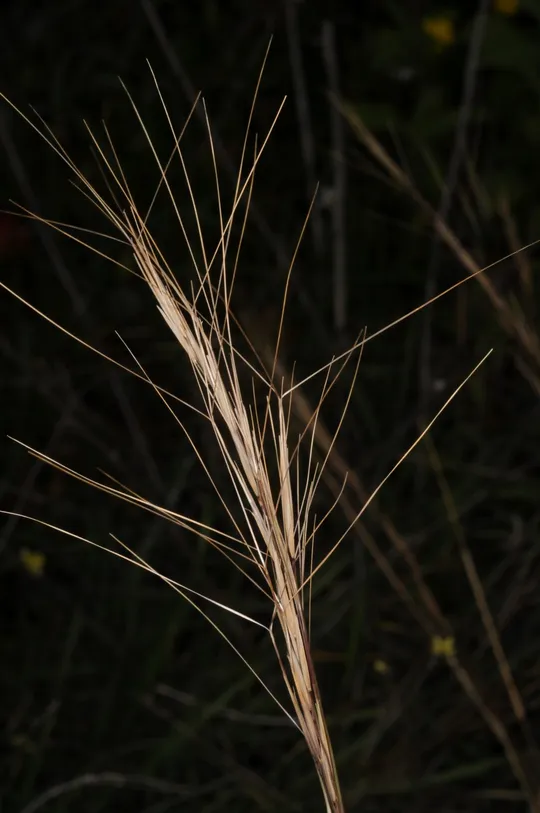
Aristida
sieberiana grows now, as in the past, in the Sharon and Pleshet.
In the Sharon the plant was seen over the years at a total of 19 sites around
Binyamina, Pardes Hanna, Netanya, Kadima, Even Yehuda, Bnei Dror, Harutsim, Bney
Tsion, Nir Eliyahu, Ra'anana, Kfar Batya and Ein Hay (Kfar Malal), but the
populations in Ra’anana, Kfar Batya and En Hay have disappeared. In Pleshet the
plant was observed at 11 sites. At three of them – Ramat Gan, Borochov
neighborhood (Giv’atayim) and Rishon LeZion, the plant was collected in the 1920s,
1930s and 1950s but has disappeared from there and is now known from Gat Rimon-Ganey
Tikva , Bet Oved, Nes Tsiona, Tirat Shalom, near Rehovot, Givat Brener and
Gva'ot Maghar.
Sandy red loam
soils (Hamra) rich in sand, gravel and Husmas.
The genus Aristida has about 260
species that grow in tropical and sub-tropical regions. In Israel there are
another two species of Aristida:
A. adscensionis which is a common perennial grass that grows in scrubland
and on rocky areas in most regions of the country and A. adscensionis,
an annual species of desert regions. The genus Aristida is close to the genus
Stipagrostis and was formerly included in it. The three awn bristles in Aristida are more or
less equal in length and are not pinnate, while in Stipagrostis the
central bristle is significantly longer than the two side bristles and is
pinnate. In some of the Stipagrostis species the side bristles are also pinnate.
Aristida species
constitute an important component in the perennial Gramineae (Poaceae) that
grow in the open spaces between the savanna trees of East Africa. Some believe that
the flora of the southern coastal plain was once savanna vegetation, of which A. sieberiana
was an important component.
·
Aristida
sieberiana once grew and still does in the same two regions on the
coastal plain – the Sharon and Pleshet. During surveys in the 1990s, sites not
previously recorded were discovered. This does not necessarily indicate that
there has been an increase in the number of sites, but rather it reflects a
more thorough sampling effort. On the other hand there is no doubt that the
plant has become extinct in several sites where it was known in the past, and
that there is a decreasing trend in the number of sites.
·
On all sites A. sieberiana
grows in patches numbering from a few plants to 200-300. The plants sparsely
distributed in each patch. There is no available information on the turnover
rate of plants in each patch or regarding the increasing or decreasing trends
in each population.
·
Conversion of
natural areas to agriculture and urban development are the major threats to A. sieberiana.
·
A. sieberiana
is protected in the Kadima and Bney Tsion reserves. In Pleshet region there are
no sites on which the plant is protected by law.
·
A. sieberiana
is widely distributed in the tropical and subtropical regions of Africa, and is
probably not globally endangered.
Aristida
sieberiana populations in nature reserves should be
monitored. Demographic trends at the population level should be studied in
order to adapt the management of the reserves to ensure population sustainability.
A nature reserve should be added in Pleshet (Bet Oved Hills, Givat Brener, and
Maghar) to preserve the populations on the sites in this region of the country
as well.
Aristida
sieberiana is found in the African countries north of the equator
from Senegal in the west to Somalia in the east, including Tunisia, North
Africa, in the Middle East and the Arabian Peninsula.
Aristida
sieberiana is a rare peripheral species found in Israel at
the northern edge of its global distribution (tropical) whose population is disjunct
from its global range. It grows in Israel only in the Sharon and Pleshet where
the number of sites is declining. Habitat loss due to development is the main
threat to the continued existence of the populations. A nature reserve in Pleshet
should be established, in which the plant will be protected. It is not globally
endangered.
פולק, ג. 1984. מבחר מיני צמחים אופייניים לחמרה וכורכר – תלת-מלען ארוך. רתם 13: 152-153.
Current Occupancy Map
| 1000 squre meter pixel | 5000 squre meter pixel | 10000 squre meter pixel | |
|---|---|---|---|
| number of observations | 0 | 0 | 0 |
| in total pixels | 0 | 0 | 0 |
| Family | Gramineae |
| Classification | On the endangered species list |
| Ecosystem | Coastal area |
| Chorotype | Eastern Sudanian (Mediterranean) |
| Conservation Site | Bney Tsion reserve, Hill 86 near Givat Brener |
| Rarity |
1
2
6
|
|---|---|
| Vulnerability |
0
3
4
|
| Attractiveness |
0
0
4
|
| Endemism |
0
0
4
|
| Red number |
1
3.2
10
|
| Peripherality | S |
| IUCN category | DD EW EX LC CR EN VU NT |
| Threat Definition according to the red book | Vulnerable |
 Based on:
Based on:
